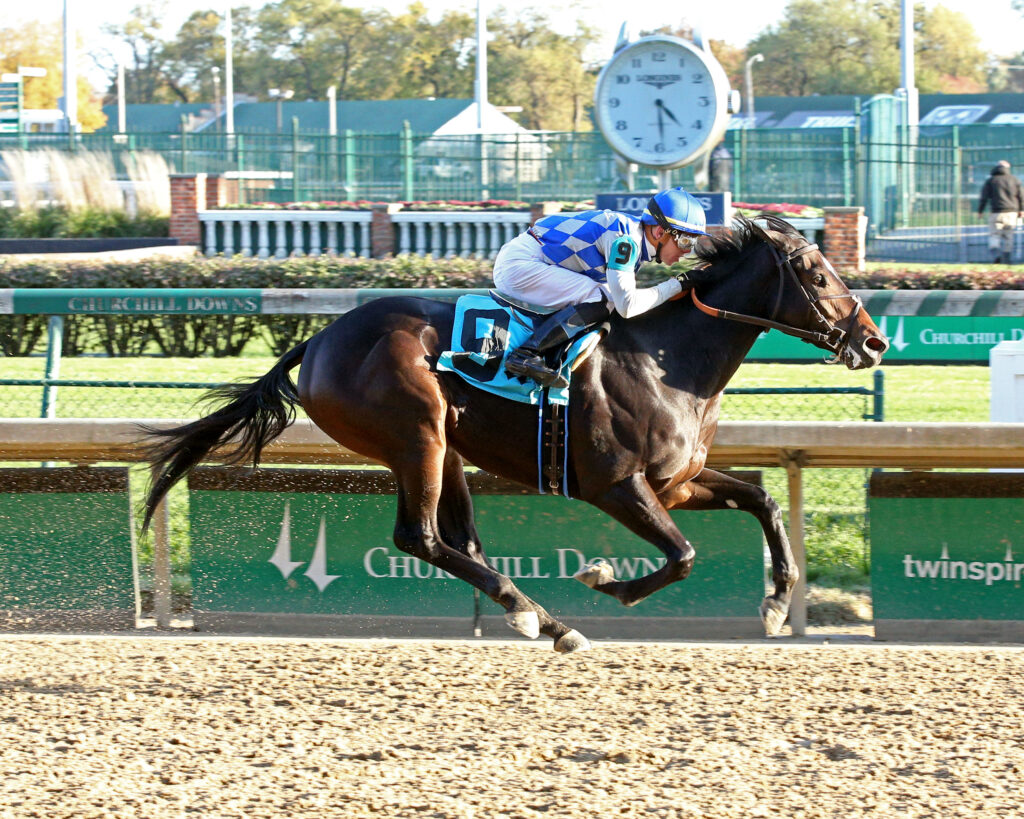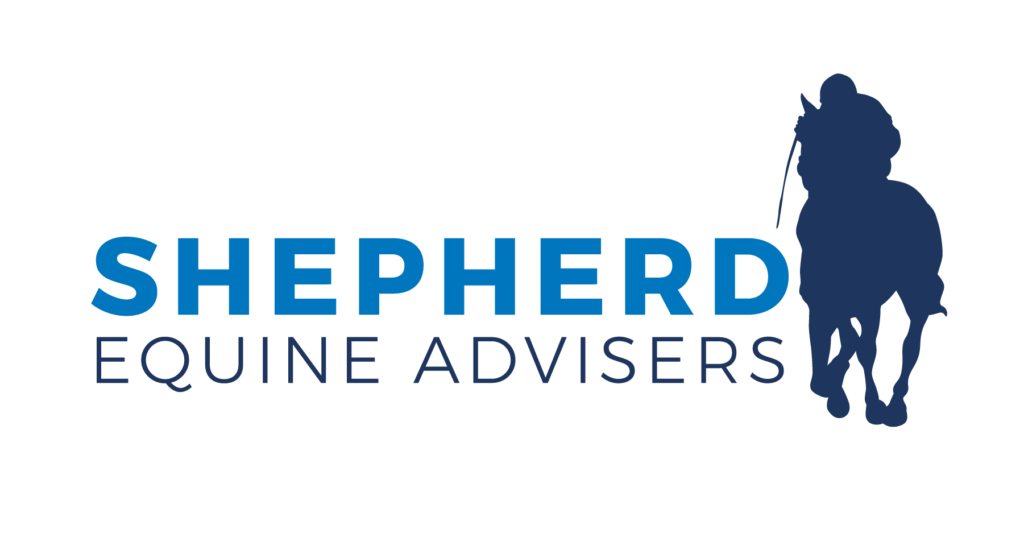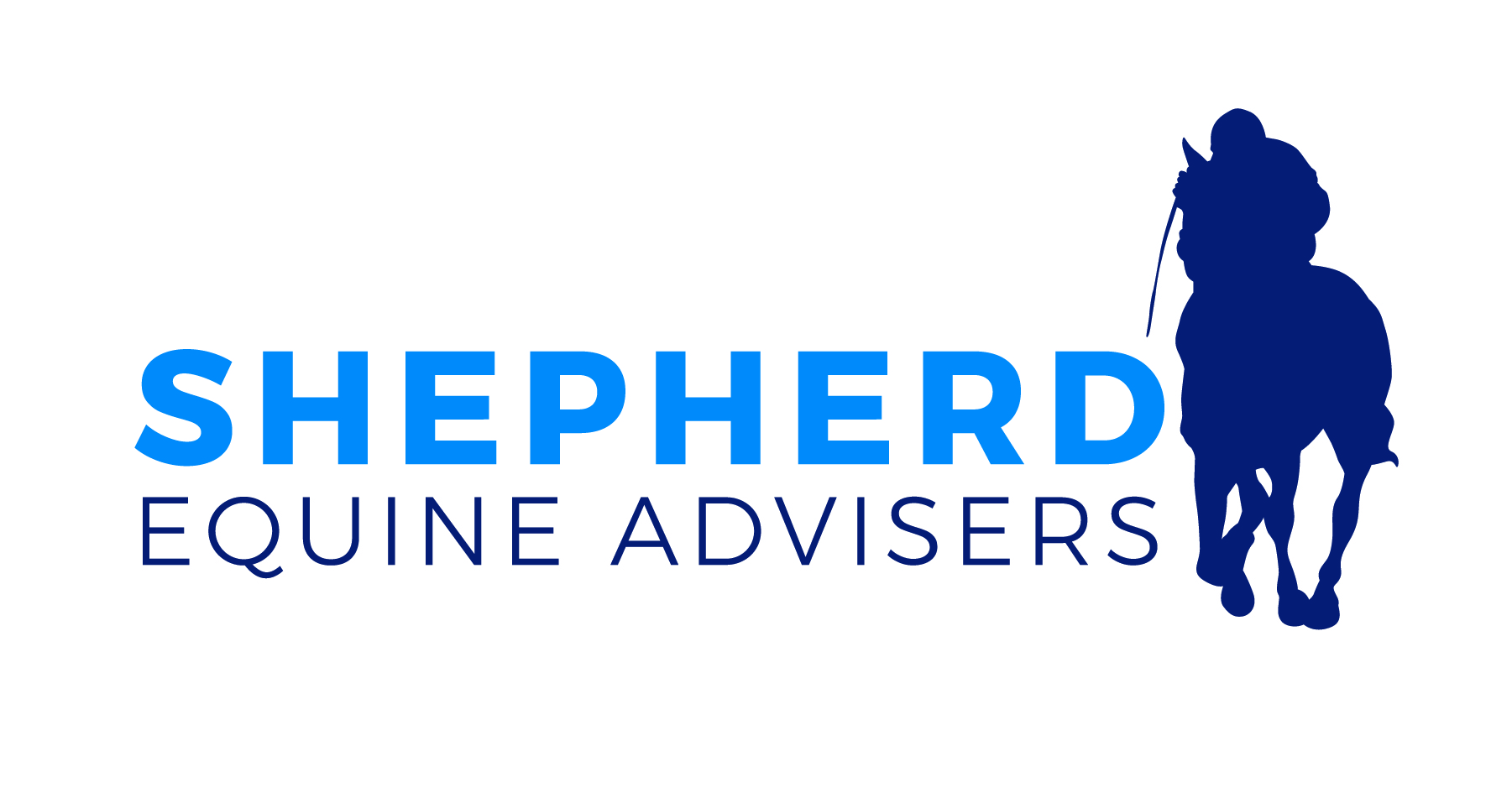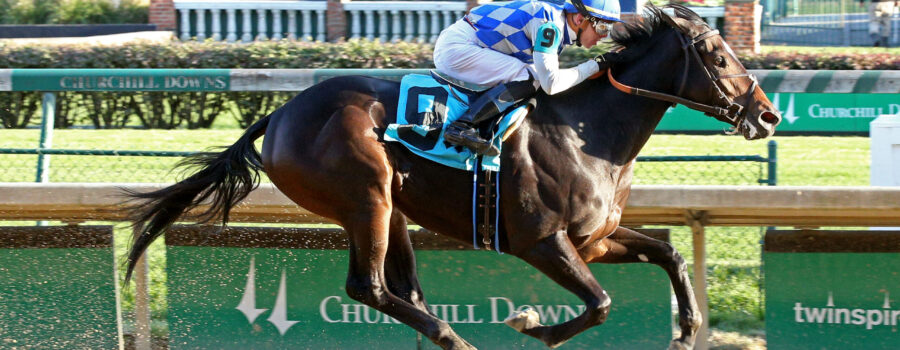Most people think winning in the world of thoroughbred racing comes down to sheer luck. Like catching lightning in a bottle.
It doesn’t.
Success isn’t about hope or happenstance. It’s about strategy. It’s the difference between throwing darts blindfolded and playing chess with a plan.
Let’s break down the misconception and, more importantly, outline how you can take deliberate, informed steps to stack the odds in your favor.

The Myth of Luck in Thoroughbred Racing
Luck is a convenient explanation for success. When someone stands in the winner’s circle with a winning horse, the common narrative is, “They got lucky with that horse.”
But if you pull back the curtain, you’ll see something different: years of research, strategic decisions and careful planning.
Think of it this way: if luck were all it took, wouldn’t every hopeful buyer at an auction walk away with a future winner? The truth is, they don’t. Most investments fail to deliver because they lack one thing. Strategy.
From Blindfolded Darts to Strategic Chess Moves
Imagine buying a racehorse with no plan. You scan an auction catalog, pick a page that looks promising and place a bid. That’s throwing darts blindfolded. You might hit the board, but the odds of hitting the bullseye? Slim to none.
Now picture this: Instead of walking in blind, you come armed with data. You’ve studied pedigrees, analyzed race history, consulted experts and built a clear strategy. When you bid, it’s not a gamble. It’s a calculated move.
This approach is chess. You’re not playing to get lucky. You’re playing to win.
The Power of Data-Driven Decisions
Every winning thoroughbred has a story written in its pedigree and performance metrics. Understanding these factors is the key to success.
Here’s how to leverage data:
- Study Pedigrees: Look beyond flashy names. A strong pedigree includes not just famous sires but also mares with a track record of producing winners.
- Evaluate Performance Metrics: Analyze speed figures, stamina indicators and physical conformation. Does this horse have what it takes to win at the distance you’re targeting?
- Track Market Trends: Pay attention to what’s undervalued. Emerging sires or less-publicized bloodlines can offer hidden gems.
Take this example: A buyer spotted a mare from a modest sire but noticed her dam had produced consistent performers. With that insight, they purchased her at a fraction of the cost of high-profile picks. Three years later, her foal became a stakes winner.
Three Steps to Build Your Winning Thoroughbred Strategy
Want to shift from gambling to strategic ownership? Start with these three steps:
- Set Clear Goals: What do you want to achieve? Race wins, breeding success or a mix of both? For instance, targeting shorter races requires different qualities than aiming for Triple Crown potential.
- Build the Right Team: Success isn’t solo work. You’ll need bloodstock agents, trainers and portfolio managers with expertise tailored to your goals.
- Invest in Education: Attend industry events, study auction catalogs and learn from seasoned owners. The more you know, the sharper your decisions become.
The Cost of Staying Uninformed
Here’s the harsh truth: most failed investments in thoroughbred racing boil down to a lack of planning.
One new owner spent hundreds of thousands on a horse at auction, drawn in by the buzz around its sire. They didn’t notice glaring red flags. Poor performance history on the dam’s side and a physical flaw that compromised the horse’s stride. That “investment” never won a race.
Contrast that with an owner who meticulously studied market data, sought expert advice and chose a less glamorous but structurally sound horse. They didn’t just break even. They turned a profit within two years.
Making Smart Moves: Templates for Success
Let’s simplify this into actionable templates:
For Evaluating a Purchase:
- Does the pedigree match your racing or breeding goals?
- Are there any physical conformation concerns?
- What’s the horse’s past performance or training progress?
For Structuring Your Ownership Portfolio:
- Balance short-term racehorses with long-term breeding investments.
- Diversify. Don’t put all your resources into one high-risk prospect.
- Regularly review and adjust based on performance and market trends.
These templates aren’t just theories. They’re a framework for making decisions that deliver results.
The Joy of Informed Thoroughbred Ownership
Owning a thoroughbred isn’t just about the money. It’s about the journey. But let’s be clear: winning is a lot more fun than losing.
When you take a strategic approach, you don’t just enjoy race days. You revel in the knowledge that every win, every trophy, was the result of deliberate choices. You feel a deep connection to your horse and the legacy you’re building.
Your Next Steps
Ready to ditch the blindfold and pick up the chess pieces?
Here’s how to get started:
- Research: Spend time understanding pedigrees and market dynamics. Start with online resources, then dive into auction catalogs and industry reports.
- Network: Connect with bloodstock agents, trainers and other owners. Insights from experienced players are invaluable.
- Plan: Outline your goals for ownership. Financial, emotional and legacy-driven. Use these to guide every decision.
The Bottom Line
Owning a winning thoroughbred isn’t about luck. It’s about playing the game with clarity, strategy and a long-term vision.
Success favors the prepared, not the lucky. So stop throwing darts and start playing chess. The winner’s circle is waiting for you.







Recent Comments